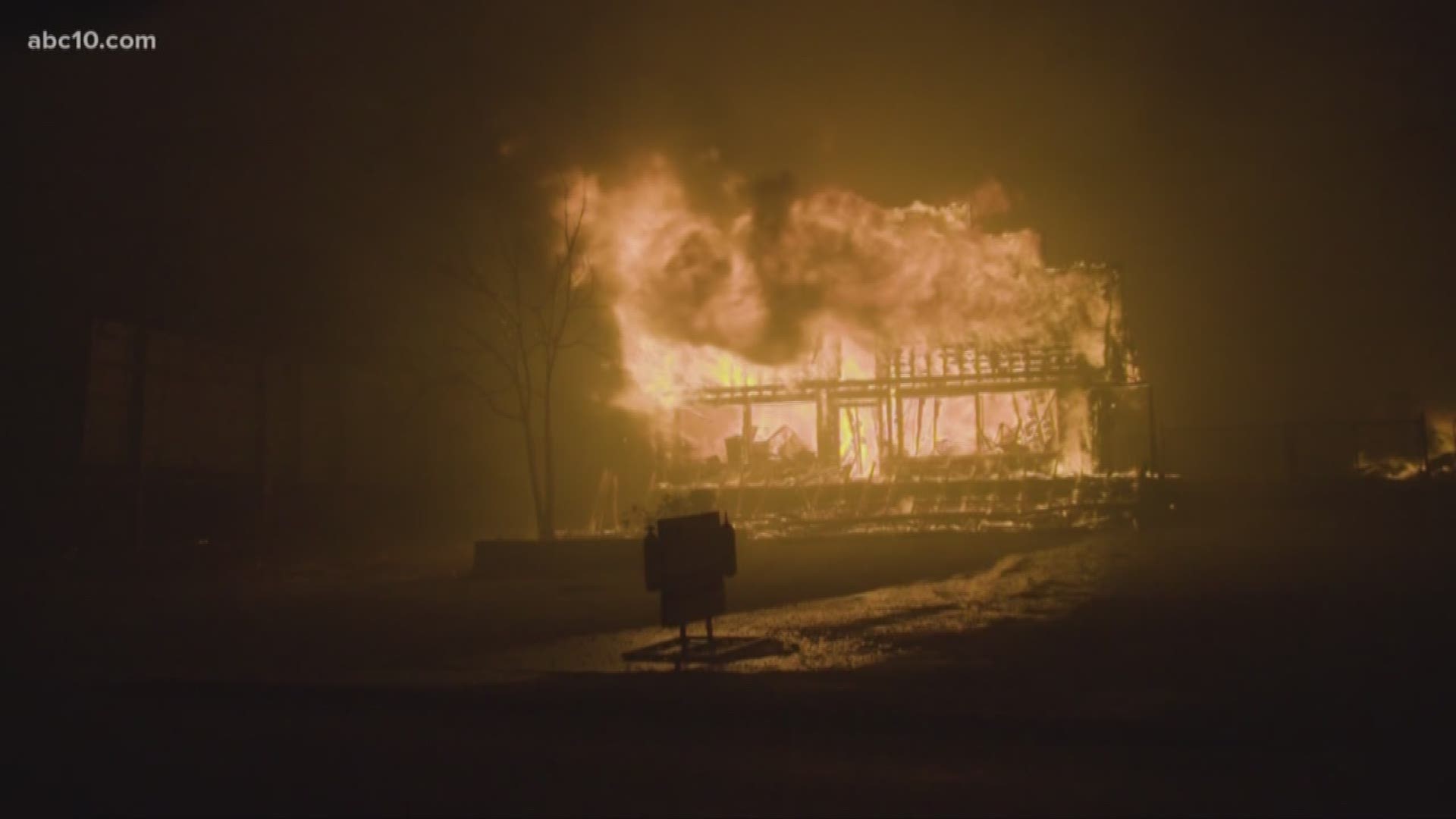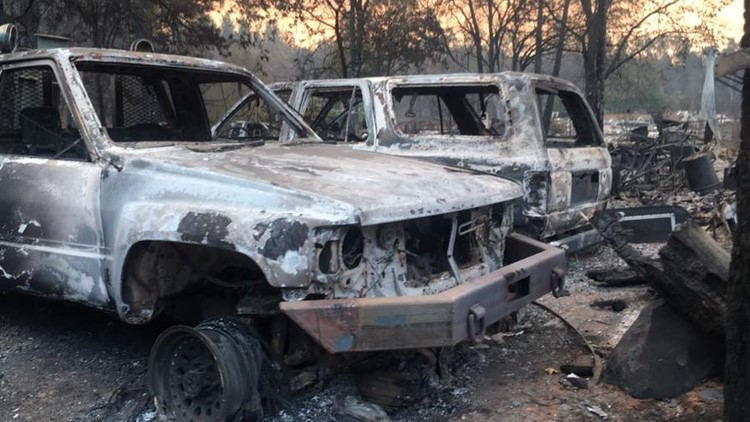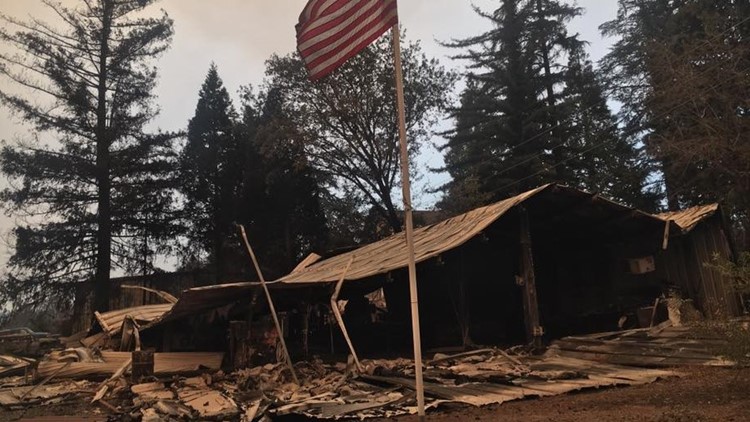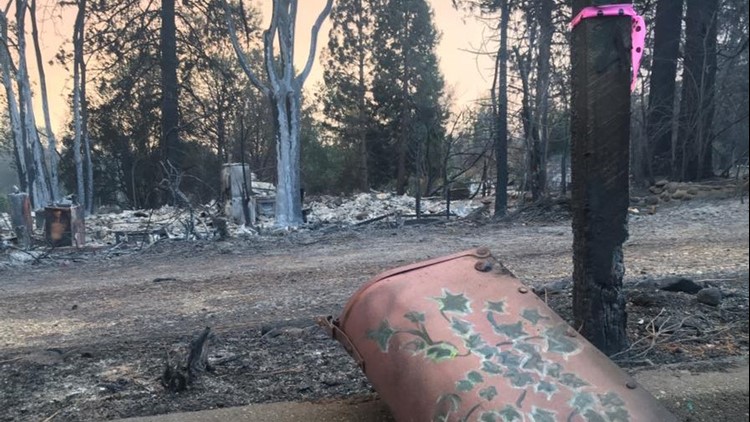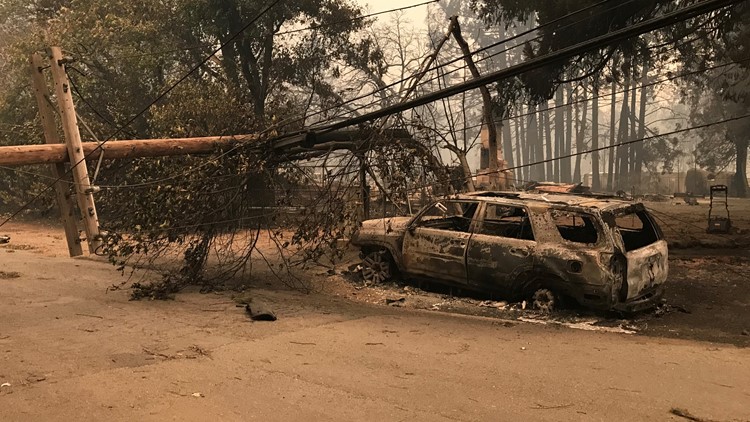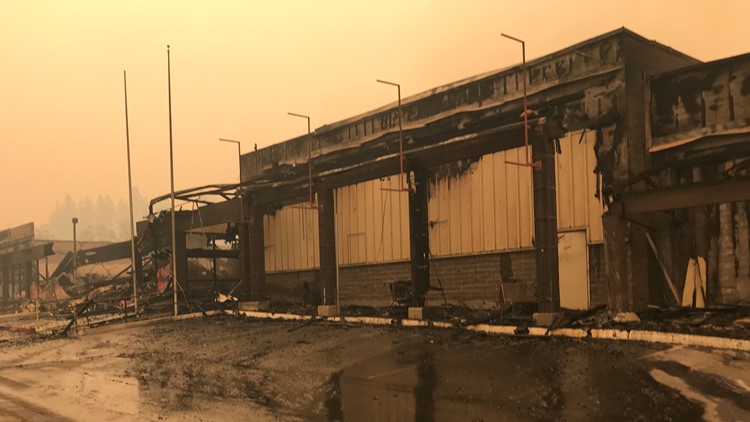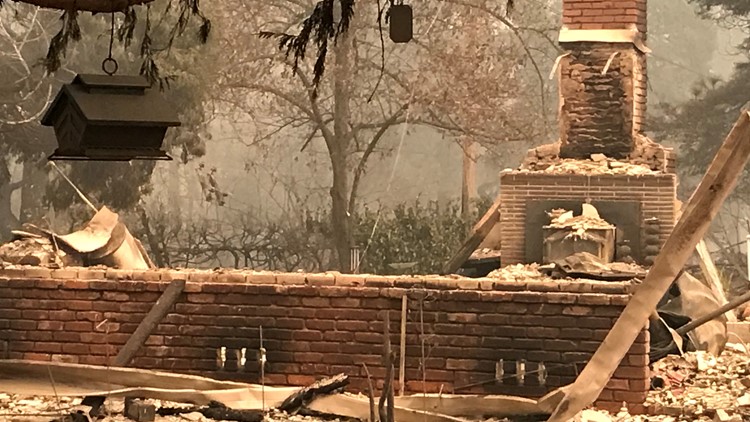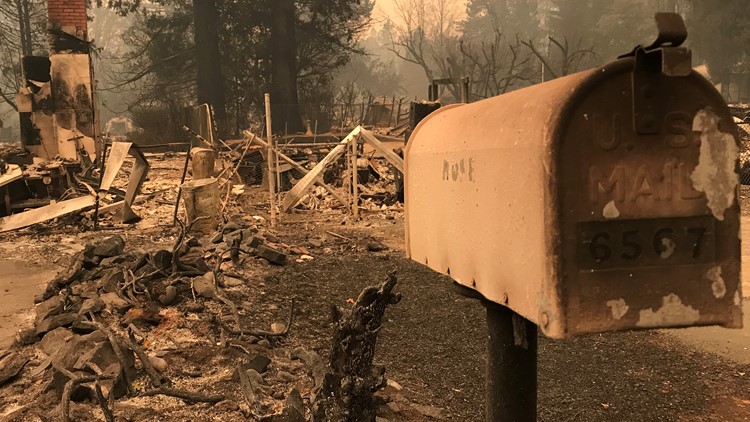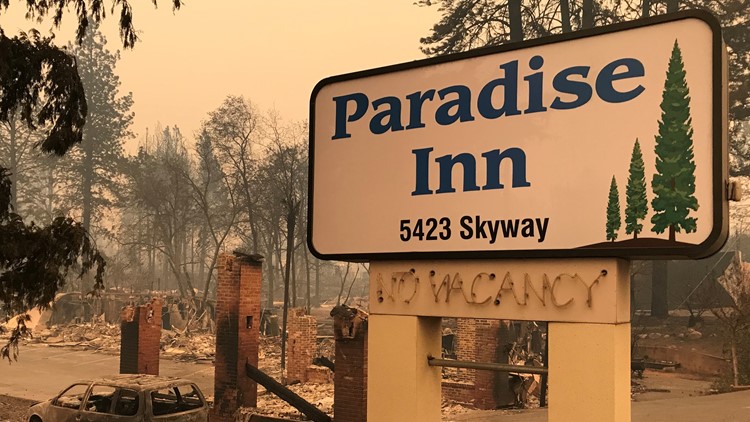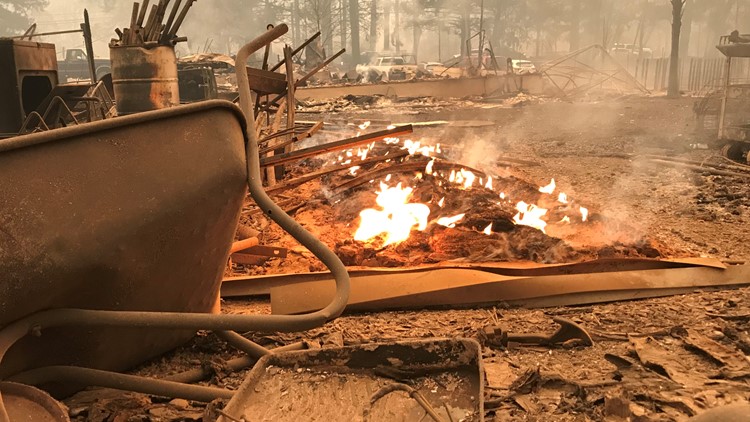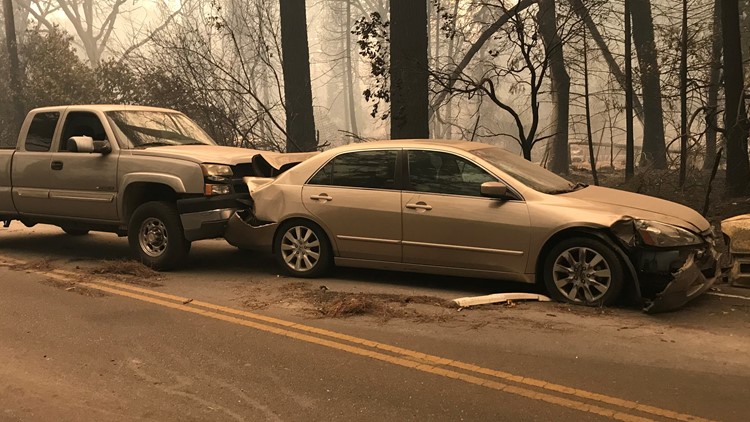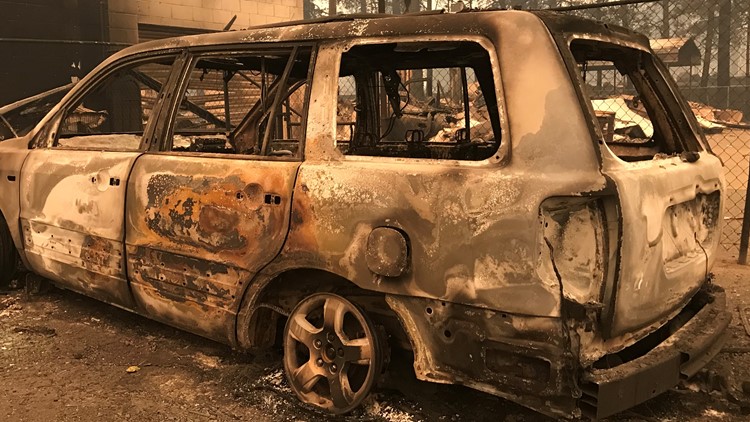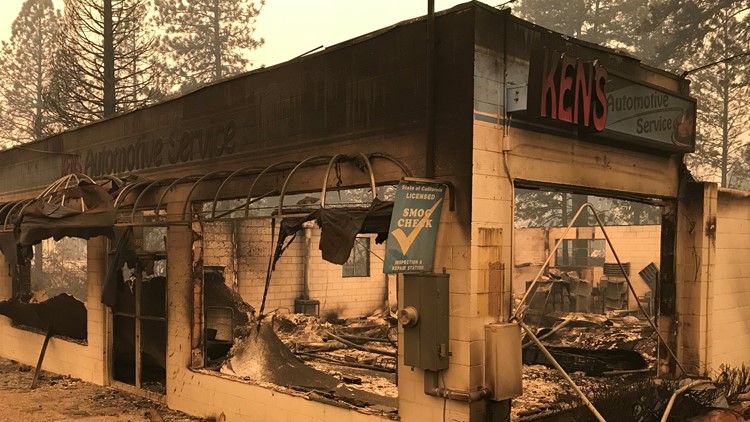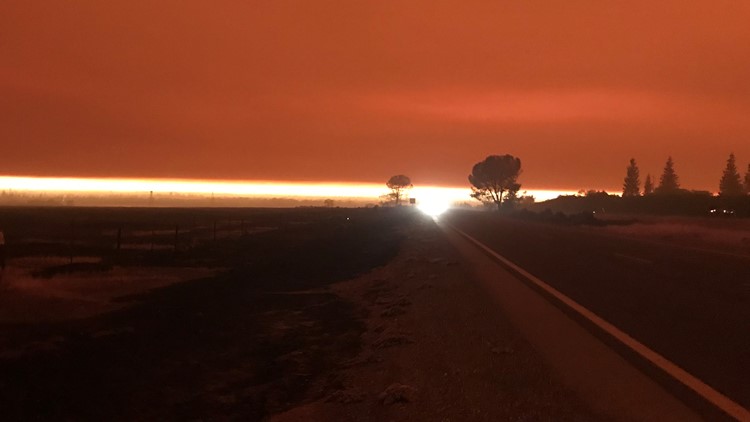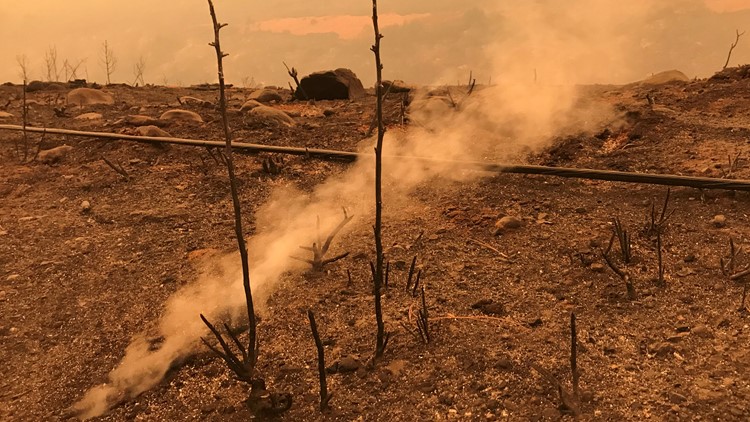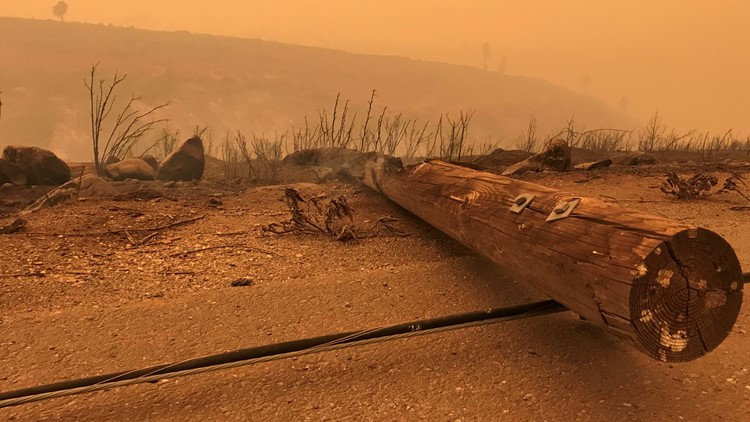If you're viewing on the ABC10 App, tap here for multimedia.
In the late afternoon of Sunday, May 22, 2011, a catastrophic tornado whipped through the town of Joplin, Missouri before disappearing eastward into the rural areas around the city.
The tornado was massive—it reached a width of nearly one mile at times—and it was unusual because it increased in strength and grew larger at a very fast rate. 158 people were directly killed by the natural disaster and over 1,000 others were injured.
When cameras could finally catch glimpses of the extent of the damage, survivors found that their city was leveled. The core of Joplin had been gutted. With one-third of all houses and many businesses and schools damaged or destroyed, the economic losses totaled $2.8 billion. Beyond the physical, environmental and economic toll, PTSD and other mental health issues brought on by the extreme circumstances also began to leave their mark on the population of Joplin.
And yet, now in 2018, the city is thriving. Yes, thriving. And it’s all thanks to a solid rebuilding plan.
The destruction of the 2011 Joplin Tornado may sound similar to the devastation going on now in California in the wake of the Camp Fire. Drone footage of the Paradise, California area shows collapsed buildings, charred trees, and abandoned cars. The scene is dismal.
Survivors of the Camp Fire have been questioning whether a rebuilding effort is worth it at all. The official estimate of the total number of structures damaged or destroyed by the fire is over 6,700, many of which are people’s homes, businesses, and schools. The task to completely rebuild what was destroyed seems difficult now, if not impossible.
However, if Paradise can follow Joplin’s model, the rebuilding effort could be a huge success.
Several months after the storm, many families in Jasper County were still living in FEMA trailers and many more residents could not afford or were otherwise unable to repair and rebuild their homes. Short-term needs were largely met, but long-term recovery plans were stalling. City officials were trying to determine how to spend federal aid, scrapping previously proposed projects like the $44 million Joplin Commons, in order to find better projects for the community. To tackle the problems survivors of the tornado faced, the city turned to the community for ideas and used federal aid in the most efficient was possible.
Recovery in Missouri was encouraged by Rebuild Joplin, which worked with the Long-term Recovery Committee to meet residents’ needs. The nonprofit organization directly addressed the needs of people affected. The website for Rebuild Joplin was created to ensure that resources of all kinds were used in the most effective way possible, post-tornado. It was up and running only a week after the storm, with messages flooding in from both those needing help and those who wanted to help.
Camp Fire: Scenes of the aftermath
The main goal was construction: people needed housing, so Rebuild Joplin set to work building as many houses as they could before the year was over. The goal was 100 properties.
The group sought to remove physical, mental and emotional barriers for families and community members who were struggling to recover from the trauma of the natural disaster. They offered financial responsibility classes and home maintenance classes.
Little by little, the town of Joplin began to restore itself.
Rebuild Joplin officially announced that the end to their housing recovery mission was in sight for Dec. 6, just over three years after the tornado. Rebuild Joplin had completed 180 homes.
Other organizations and contractors hired by Joplin officials put up houses as well and completed large projects such as commercial and city buildings to bring the landscape of Joplin back to life.
The same can be done for Paradise.
With the success of Rebuild Joplin, Farmers Insurance began research on a model for residential disaster recovery. The “Disaster Recovery Playbook” is a resource that compiles the best practices every municipality and community should know before and after disaster strikes.
Best practices include:
- Establishing and communicating a recovery plan in the first seven days resulting in faster access to resources and funding.
- Understanding community leadership’s role in recovery and recognizing that those coming in to help are in for the short-term vs. the long-term.
- Running a recovery as if it were a business --- establishing clear goals, clear accountability, and clear language.
On the other hand, rebuilding Paradise could simple when people recognize the most important solutions to natural disaster destruction: volunteers and funds.
Based on the outpouring of donations and the number of volunteers already responding to the Camp Fire, rebuilding Paradise could be as successful as the effort in Joplin. While still too early to estimate the scale of the structural and residential damage (and whether some Paradise homes will be rebuilt at all, knowing they may burn down again), one thing is certain—the Paradise community will not be alone.
Mayor of Paradise Jody Jones addressed concerns of families and residents during a community meeting in Chico State University’s Laxson Auditorium on Saturday.
“We have a long and arduous process in front of us, but we are committed to rebuilding and to making our town paradise again,” Jones said.
For more on the Camp Fire, check out the video below:

